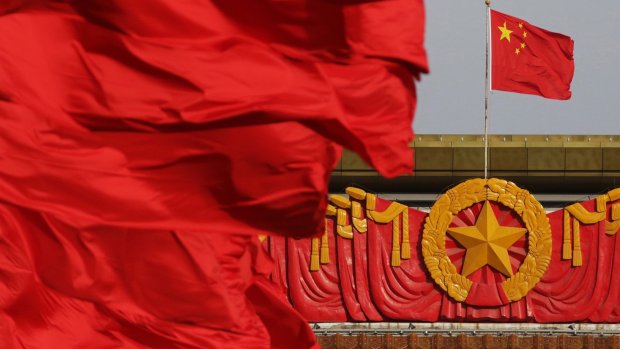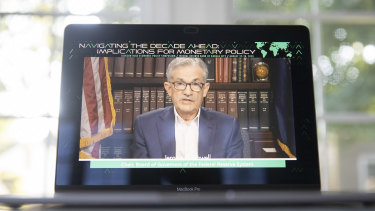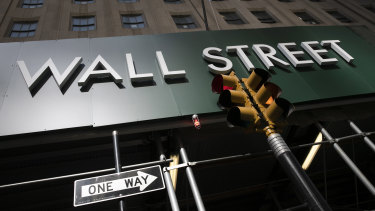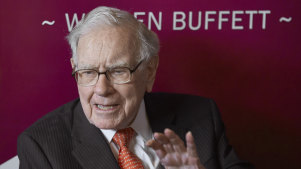Evergrande Debt Continues to Pile Up Amid Cash-Flow Concerns
- China developer reiterates pledge to lower debt this year
- Company has been selling more assets to reduce debt load
China Evergrande Group’s debt load increased from the end of last year even after the country’s most indebted property developer pledged to remake itself as a leaner company.
The company’s total debt edged up 4% to 835 billion yuan ($122 billion) at the end of June, compared with 800 billion yuan at the end of 2019, according to an earnings report released Monday by the Shenzhen-based company. Net debt swelled to a record 631 billion yuan on a weaker cash buffer, Bloomberg calculations show.
Evergrande in March unveiled an aggressive target to reduce borrowings by half in three years. It has since launched a nationwide sales blitz to recoup cash, raised $3 billion by selling a stake in its service arm and reduced spending on land purchases. Last week, it expected total investment on electric vehicles to be 29 billion yuan, lower than 45 billion yuan planned earlier.
“We’re confident that total debt, net debt and net gearing will all substantially decline by year end,” Chief Executive Officer Xia Haijun said in an online briefing after the earnings release. He added that borrowing picked up in the first quarter during the pandemic, yet has dropped by 40 billion yuan in the second quarter.
The developer plans to cut borrowing by at least 150 billion yuan each year from 2020 to 2022, Chief Financial Officer Pan Darong said in the briefing.
Debt Goals
To achieve that goal, the developer has collected 354 billion yuan in cash, equivalent to 89% of contract sales in the first seven months, Pan said. It expects to collect 380 billion yuan in the second half of the year. The developer will also cut its land bank and add more partners through spin-offs.
The deleveraging push has been met with some skepticism amid a looming debt maturity wall. In June, Moody’s Investors Service changed its credit outlook to negative from stable, citing its “weak” liquidity.
Net gearing, which measures debt to equity including minority shareholders, was about 199%, from 159% at the end of last year, calculations show. Excluding minority shareholders, the measure was 484%.
Evergrande has been boosting sales to meet debt coverage, which may hasten the need to sacrifice margins, Bloomberg Intelligence said.
The company said earlier this month that first-half net income including minority interests fell 46% to about 14.7 billion yuan. Increased marketing expenses, foreign exchange losses and the firm’s venture into electric cars contributed to the decline in earnings, the developer said. Profit attributable to shareholders plunged 56% to 6.5 billion yuan.
Gross margins sank to 25%, higher than a 24% forecast by Bloomberg Intelligence.
China Evergrande fell 3.8% in Hong Kong Monday, increasing its decline to 16% this year.






